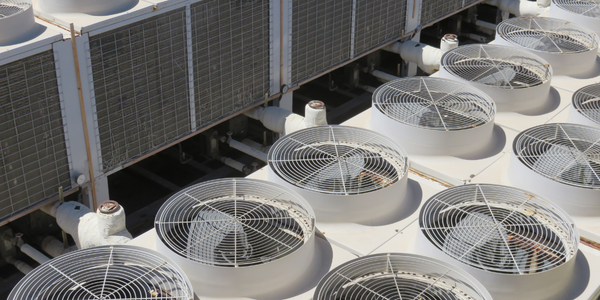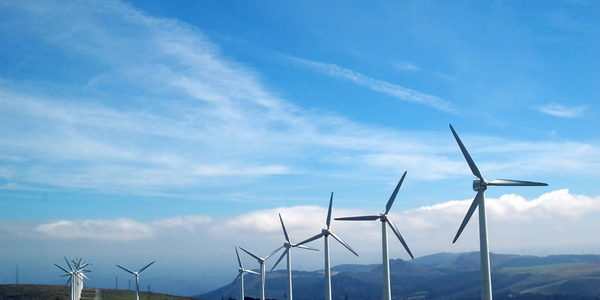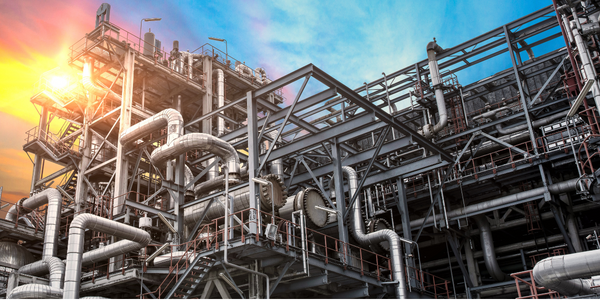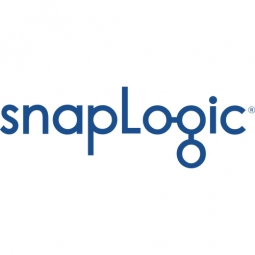公司规模
Large Corporate
地区
- America
国家
- United States
产品
- SnapLogic
- Snowflake
- Amazon S3
技术栈
- SnapLogic
- Snowflake
- Amazon S3
- REST
实施规模
- Enterprise-wide Deployment
影响指标
- Productivity Improvements
- Customer Satisfaction
- Digital Expertise
技术
- 应用基础设施与中间件 - 数据交换与集成
- 基础设施即服务 (IaaS) - 云数据库
- 平台即服务 (PaaS) - 连接平台
适用功能
- 商业运营
- 销售与市场营销
用例
- 机器状态监测
- 预测性维护
服务
- 系统集成
- 云规划/设计/实施服务
关于客户
Pitney Bowes, known as the Craftsmen of Commerce, has a long history of innovation in the commerce sector, from launching the Model M Postage Meter in the 1920s to introducing cross-border solutions. The company relies heavily on data to make precise business decisions and continues to set new records in commerce. With a focus on digital transformation, Pitney Bowes aims to provide frequent data access to stakeholders to uncover new opportunities and drive business growth. The company has a diverse range of departments and business units, with over 500 users supported by their data integration platform. Pitney Bowes processes over 900 billion documents annually and connects more than 25 business applications to their cloud data warehouse and data lake.
挑战
In 2015, Pitney Bowes embarked on a digital transformation journey to provide frequent data access to stakeholders, aiming to uncover new opportunities and drive business growth. Previously, data used by employees across departments would become stale once downloaded onto local machines, making timely business decisions challenging. The Big Data team needed to store and back up data from disparate sources on a data lake and host curated data in a cloud data warehouse for direct user access. Initially, they built a home-grown integration tool to move data from on-premises and cloud sources into the data lake on Amazon S3. However, this tool could not support integrations for many new cloud-native applications, leading to time-consuming custom coding and workarounds. The team had to re-evaluate their strategy for moving data from cloud applications into their data lake long-term, as they were not scaled to support the business strategy at the required pace.
解决方案
Pitney Bowes sought an enterprise-grade data integration platform and cloud data warehouse to support their digital transformation. They evaluated integration tools based on their ability to support existing on-premises and cloud application integrations, load and update large volumes of data at the required frequency, and require minimal maintenance. After meticulous evaluation, they chose SnapLogic, an enterprise integration platform as a service (iPaaS), which proved capable of handling all integration use cases. SnapLogic sped up ETL/ELT processes and data and application integrations, connecting key endpoints like Salesforce, SAP HANA, MongoDB, Oracle, SQL Server, and MySQL into Amazon S3 using intelligent connectors. SnapLogic's REST connectors allowed for virtually any cloud application connection. For their enterprise cloud data warehouse, Pitney Bowes selected Snowflake, which easily integrated with SnapLogic and was cost-effective. Together, SnapLogic and Snowflake enabled the Big Data team to centralize data and provide users with real-time information access.
运营影响
数量效益

Case Study missing?
Start adding your own!
Register with your work email and create a new case study profile for your business.
相关案例.

Case Study
IoT enabled Fleet Management with MindSphere
In view of growing competition, Gämmerler had a strong need to remain competitive via process optimization, reliability and gentle handling of printed products, even at highest press speeds. In addition, a digitalization initiative also included developing a key differentiation via data-driven services offers.

Case Study
Remote Monitoring & Predictive Maintenance App for a Solar Energy System
The maintenance & tracking of various modules was an overhead for the customer due to the huge labor costs involved. Being an advanced solar solutions provider, they wanted to ensure early detection of issues and provide the best-in-class customer experience. Hence they wanted to automate the whole process.

Case Study
Predictive Maintenance for Industrial Chillers
For global leaders in the industrial chiller manufacturing, reliability of the entire production process is of the utmost importance. Chillers are refrigeration systems that produce ice water to provide cooling for a process or industrial application. One of those leaders sought a way to respond to asset performance issues, even before they occur. The intelligence to guarantee maximum reliability of cooling devices is embedded (pre-alarming). A pre-alarming phase means that the cooling device still works, but symptoms may appear, telling manufacturers that a failure is likely to occur in the near future. Chillers who are not internet connected at that moment, provide little insight in this pre-alarming phase.

Case Study
Siemens Wind Power
Wind provides clean, renewable energy. The core concept is simple: wind turbines spin blades to generate power. However, today's systems are anything but simple. Modern wind turbines have blades that sweep a 120 meter circle, cost more than 1 million dollars and generate multiple megawatts of power. Each turbine may include up to 1,000 sensors and actuators – integrating strain gages, bearing monitors and power conditioning technology. The turbine can control blade speed and power generation by altering the blade pitch and power extraction. Controlling the turbine is a sophisticated job requiring many cooperating processors closing high-speed loops and implementing intelligent monitoring and optimization algorithms. But the real challenge is integrating these turbines so that they work together. A wind farm may include hundreds of turbines. They are often installed in difficult-to-access locations at sea. The farm must implement a fundamentally and truly distributed control system. Like all power systems, the goal of the farm is to match generation to load. A farm with hundreds of turbines must optimize that load by balancing the loading and generation across a wide geography. Wind, of course, is dynamic. Almost every picture of a wind farm shows a calm sea and a setting sun. But things get challenging when a storm goes through the wind farm. In a storm, the control system must decide how to take energy out of gusts to generate constant power. It must intelligently balance load across many turbines. And a critical consideration is the loading and potential damage to a half-billion-dollar installed asset. This is no environment for a slow or undependable control system. Reliability and performance are crucial.

Case Study
Integration of PLC with IoT for Bosch Rexroth
The application arises from the need to monitor and anticipate the problems of one or more machines managed by a PLC. These problems, often resulting from the accumulation over time of small discrepancies, require, when they occur, ex post technical operations maintenance.

Case Study
Refinery Saves Over $700,000 with Smart Wireless
One of the largest petroleum refineries in the world is equipped to refine various types of crude oil and manufacture various grades of fuel from motor gasoline to Aviation Turbine Fuel. Due to wear and tear, eight hydrogen valves in each refinery were leaking, and each cost $1800 per ton of hydrogen vented. The plant also had leakage on nearly 30 flare control hydrocarbon valves. The refinery wanted a continuous, online monitoring system that could catch leaks early, minimize hydrogen and hydrocarbon production losses, and improve safety for maintenance.







